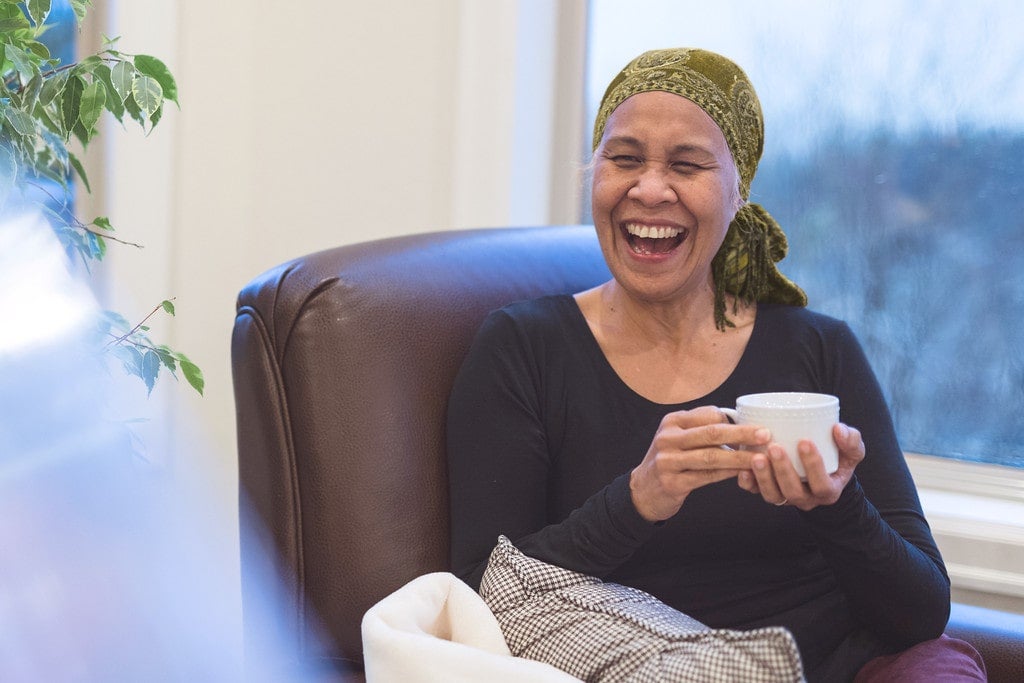Blog
Progress in cancer treatment and care
1 October 2013

Who would have thought a World War 2 battle would lead to the first cancer chemotherapy breakthrough?
Looking backwards to look forwards - 40 years of oncology in Australia.
In the March edition of Cancer Council Australia's journal, Cancer Forum, we reviewed the progress that has been made in cancer care in Australia over the past 40 years.
Four decades ago, while cancer was appropriately monitored in the community, the notion of specialist cancer doctor had not been generally adopted, but was beginning to be accepted. At this time, once patients were referred to a specialist, as was most frequently the case, that same clinician became the sole provider of care until absolutely nothing more could be done for the patient.
This was the accepted pattern of practice and it created significant limitations in patient care. A general sense of patient ownership seemed to exist among clinicians and there were few institutions dedicated to delivering active cancer care while the cancer was still treatable. Individuals and their families often felt short-changed. They felt bewildered and unsatisfied during the course of their management at what they often believed were unsatisfactory, but accepted outcomes. Treatment was largely based on surgery or waiting for the inevitable. Less was also known about cancer causes, risks and prevention.
It was a serendipitous coincidence during World War 2 that led to a chemotherapy breakthrough. On the 2 December 1943, the liberty ship John Harvey was sunk in a Luftwaffe Raid in Bari Harbour in Italy. The ship was carrying a secret cargo of 2000 M47A1 mustard gas bombs. After the attack, the liquid sulphur mustard spilled into the water, alongside oil from damaged ships. Sailors became covered in the gas/oil solvent and many soldiers and civilians died. Autopsies revealed that the solvent had impacted their bone marrow and lymph nodes, leading to the development of the first chemotherapy drug targeting lymphoma, mustine. It was an enormous reform in medical care and in many respects, represents the birth of oncology.
Since then, specialities to cater for the specific needs of cancer patients have evolved. As well as the emergence of oncology as a profession, the nursing profession has also evolved to cater specifically to the needs of cancer patients. Palliative care has been integrated very successfully into existing health services and psychosocial care has become a discipline of its own - recognising the importance of the focus on the emotional and social elements of the patient, as well as the physical.
On the treatment side more targeted radiotherapy, evolution of cancer surgery and the introduction of screening programs have improved survival rates. Even in the last 20 years, we have seen dramatic improvements - five year survival from all cancers increased from 47% to 66% in the period 1982-1987 and 2006 - 2010.
Our progress is due in great part to individuals with specialist skills no longer working in isolation, instead pooling their knowledge and expertise to work in multidisciplinary teams to advance patient cancer care. Cancer Council's clinical partner, the Clinical Oncology Society of Australia, which turns 40 this year, has played a key role in this evolution and has never lost sight of the signal role of the patient in what is a progressive and effective cancer organisation.
Though our progress is evident and our efforts commendable, we still have many obstacles to overcome. We're fortunate in Australia to have such stellar minds in our medical, scientific and public health communities, and that we work collaboratively to make great strides forward.
It's satisfying to see how far we have come, and to think about where we can go towards improving cancer patient care and treatment.
Tags
